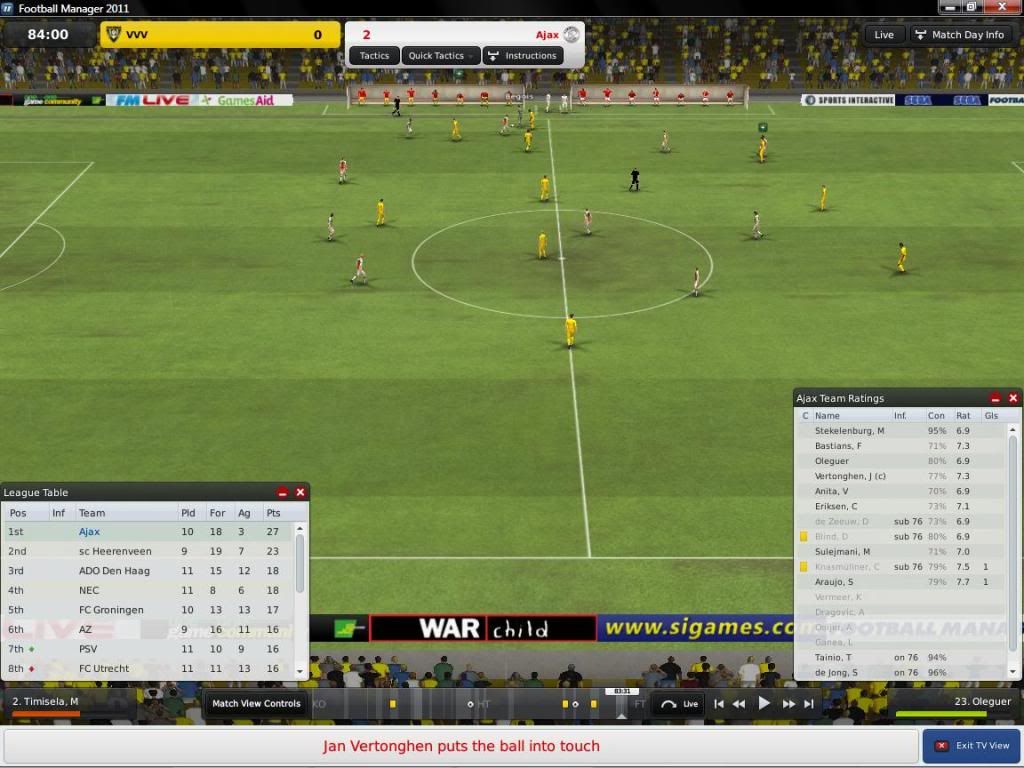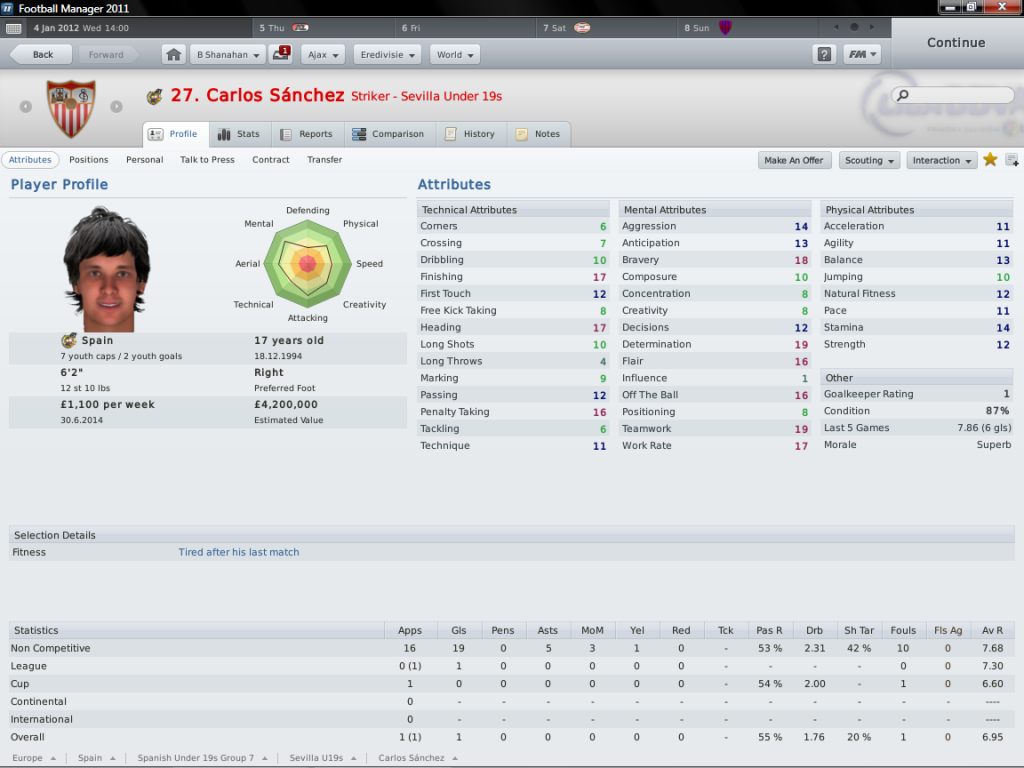Stacks were not ideal, but civ IV was fun.
1upt is a good idea, but civ V is less fun.
Indeed.
A tactical battle option a-la Master of Orion would have also been fun, but it's even more out of the question.
Hardly; having the tactical combat integrated into the strategic map is a tremendous improvement over utilizing a separate tactical overlay and a auto-resolve function.
I consider the implementation of 1upt to be the cause of "there isn't that much to do for most of the game".
I don't. Compare CiV's social policy system to CIV's civic system. It's immediately obvious that interactivity was designed out of this iteration, most likely to achieve their goals of making the game idiot-friendly. There isn't that much to do for most of the game because implementing things to do would confuse their target audience.
It's all about preventing "a unit on every single hex".
Their lack of any meaningful attempt at implementing a engaging unit maintenance system suggests to me that they weren't concerned in the slightest about "a unit on every single hex."
Cities have to be kept as useless as possible, and this is done with all kinds of means. Qualitatively, that means low tile yields, buildings that are expensive and of dubious value;
They increased city radius and decreased tile yields to de-emphasize the importance of city location as a function of tiles grabbed. This limits city placement min-maxing, and is further reinforced by mediocre improvement yields.
It is their attempt at either emphasizing their own city placement priorities (ie riverside, desertside, mountainside, etc), or more likely an attempt at making the game idiot-friendly.
All the contortions that the developers are making to obscure that fact is what slows the game down and makes it boring.
I'm pretty sure it comes across as slow and boring because that's what they were going for; a version of CiV for relative dimwits, and a continued exploration of how to better port the Civilization franchise to consoles and online-apps.
Wargamers will continue to love it, and builders/empire-management types will continue to bemoan the side effects of it.
There's no correlation between 1UPT and the total hatchet job they applied to the builder/empire-management aspects of the game.
There was no grand conspiracy to design the game around 1UPT. There was, however, a grand conspiracy to make the game less challenging. We know this; it was stated time and again both during development and after release.
What's new to the discussion is just how little importance Shafer placed on the AI, though his belief that the AI should present little more challenge than a speed-bump already spoke volumes.
1UPT messes with tactical/strategic map scales and creates a hopeless AI problem for the company.
See above; Shafer felt the AI wasn't worth investing time into. In his words, a good AI doesn't increase sales enough. In my words, he didn't belong as the lead designer of a flagship product with so much history.
a) Congests the map with neutral units. Enemies with world-shattering armies cannot fight because... 3 workers are chilling out in the mountain pass?! Seriously?
I'll give you that; they goofed hard on that, but neutral units are a minor issue.
b) Forces designers to raise hammer costs to insane levels, everyone just buys units.
Nonsense. Beyond which, the omnipresent option to gold rush was a terrible mistake.
c) Making units so cheap to maintain (3GPT per unit lategame means jack) that AI's will give you the carpet of doom anyway.
Likewise, that was Firaxis' mistake. Poor AI was intentional, and evidence of Shafer's lack of vision; poor unit maintenance system is an oversight, and evidence of Shafer's lack of talent.
Both for realism and good gameplay, fighting men should be cheap to equip but very expensive to maintain and supply. 10 swordsman or 5 aircraft carriers should bankrupt nations.
It shouldn't bankrupt nations, but serious limits on unit counts is vital to making a 1UPT system work when tactical combat is integrated into a strategic map.



 Fortunately Bombers only appear in the later part of the game. When you have enough (Stealth) Bombers nothing will stop you anymore. It's pretty boring at that point. So yeah 1UPT is the way to go. Even though traffic jams can sometimes be annoying it's still tons more fun than SoD.
Fortunately Bombers only appear in the later part of the game. When you have enough (Stealth) Bombers nothing will stop you anymore. It's pretty boring at that point. So yeah 1UPT is the way to go. Even though traffic jams can sometimes be annoying it's still tons more fun than SoD.